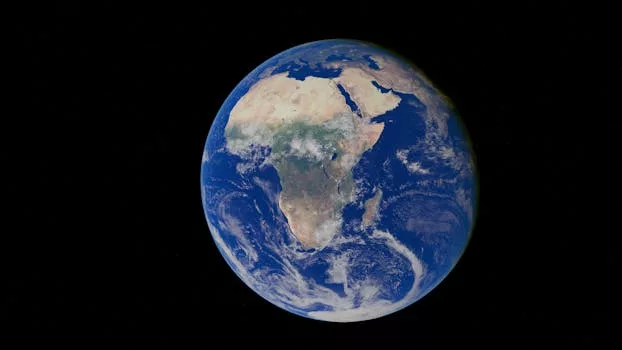
“
From Stardust to Dreams: Imagining Life Beyond the Stars
Introduction to the Cosmos
From Stardust to Dreams: Imagining Life Beyond the Stars, the universe has always been a subject of fascination for humans. The stars, planets, and galaxies that make up our cosmos have sparked imagination and curiosity, leading us to wonder about the possibility of life beyond our planet. In this article, we will delve into the wonders of the universe, exploring the latest discoveries and theories that have expanded our understanding of the cosmos.
Understanding the Universe
The universe is vast and complex, consisting of billions of galaxies, each containing billions of stars. Our own galaxy, the Milky Way, is just one of many, and its study has revealed a multitude of celestial objects, including planets, asteroids, comets, and black holes. The universe is estimated to be around 13.8 billion years old, with the first stars and galaxies forming around 13.6 billion years ago.
The universe is still expanding, with the most distant galaxies moving away from us at incredible speeds. This expansion is thought to have begun during the Big Bang, an event that marked the beginning of the universe as we know it. The Big Bang theory suggests that the universe began as a single point, expanding rapidly around 13.8 billion years ago.
Searching for Life Beyond Earth
The search for life beyond Earth is an ongoing and fascinating field of study. Astronomers and astrobiologists are working together to identify planets that are similar in size and composition to our own, with conditions that could support life. The discovery of exoplanets, which are planets that orbit stars other than the Sun, has opened up new possibilities for finding life beyond our solar system.
The Kepler space telescope has been instrumental in the discovery of thousands of exoplanets, with many more expected to be found in the coming years. The telescope uses the transit method to detect exoplanets, measuring the decrease in brightness of a star as a planet passes in front of it. This method has allowed scientists to determine the size and orbit of exoplanets, providing valuable information about their potential for supporting life.
Imagining Life Beyond the Stars
As we continue to explore the universe and search for life beyond Earth, we are forced to imagine what life might be like on other planets. Would it be similar to life on Earth, or would it be entirely different? The possibility of intelligent life existing elsewhere in the universe is an intriguing one, with many scientists believing that the probability of intelligent life existing elsewhere in the universe is quite high.
The discovery of extraterrestrial life, whether intelligent or not, would be a groundbreaking moment in human history. It would challenge our current understanding of the universe and our place within it, raising fundamental questions about the origins of life and the potential for life to exist elsewhere in the cosmos.
Takeaways:
- The universe is vast and complex, with billions of galaxies and celestial objects.
- The search for life beyond Earth is an ongoing and fascinating field of study.
- The discovery of exoplanets has opened up new possibilities for finding life beyond our solar system.
- The possibility of intelligent life existing elsewhere in the universe is an intriguing one.
- The discovery of extraterrestrial life would be a groundbreaking moment in human history.




